If you want to know about the toilet design or kitchen design or staircase design, please click the link.
The interrelationship of spaces in architecture refers to the way in which different spaces within a building are connected and interact with each other. It is the relationship between the interior and exterior spaces, the connection between public and private spaces, and the relationships between different rooms within a building.
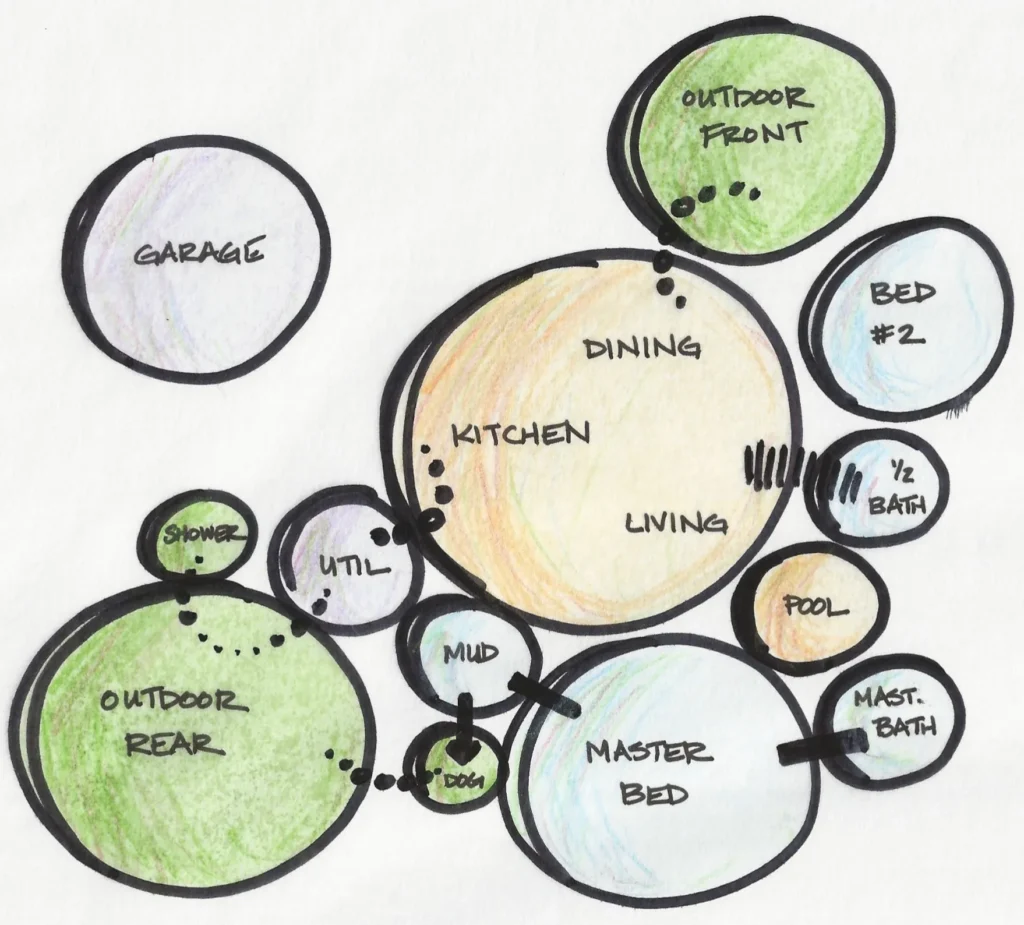
Connection between spaces can be direct, indirect and distant:
- Direct: Like drawing and dining.
- Indirect: Through a door or through a corridor.
- Distant: At the different ends of a building.
This interrelationship is an important aspect of architecture as it helps to create a sense of flow and continuity, allowing spaces to work together to form a harmonious whole.
1) Architectural Space
Architectural space refers to the three-dimensional spaces within a building that are designed for a specific purpose. These spaces are created through the use of walls, ceilings, and flooring, and are used for activities such as living, working, cooking, or sleeping.

Architectural spaces can be either interior or exterior, and can be classified into several types, including public spaces, private spaces, and semi-private spaces.
- Public spaces are spaces that are open to the general public, such as a hotel lobby, a shopping mall, or a public park.
- Private spaces, on the other hand, are spaces that are intended for use by a specific individual or group, such as a bedroom, a bathroom, or an office.
- Semi-private spaces are spaces that are intended for use by a specific individual or group but are accessible to the public, such as a school library or a hospital waiting room.
Architectural spaces are designed to be functional and aesthetically pleasing, with consideration given to the intended use of the space, the surrounding environment, and the user experience. The use of light, color, and texture can be used to create a sense of warmth and comfort, while the use of space and proportion can be used to create a sense of balance and harmony.
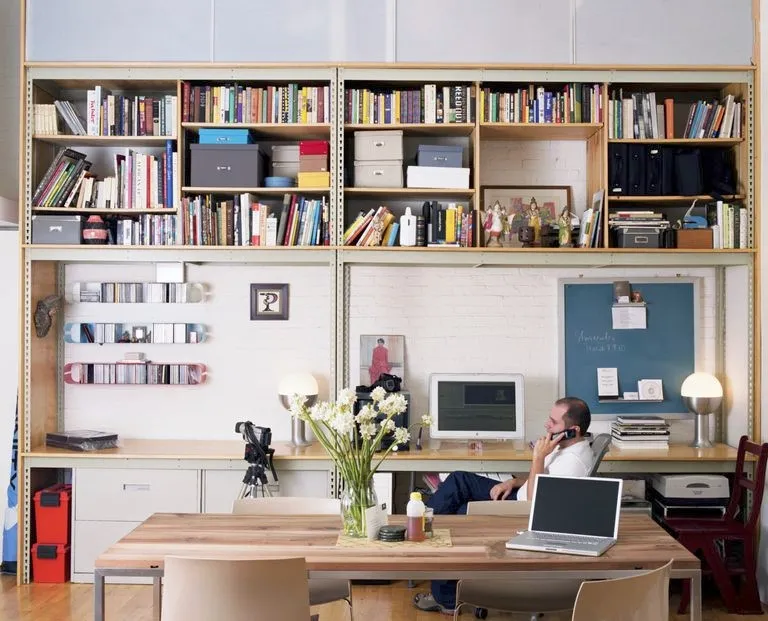
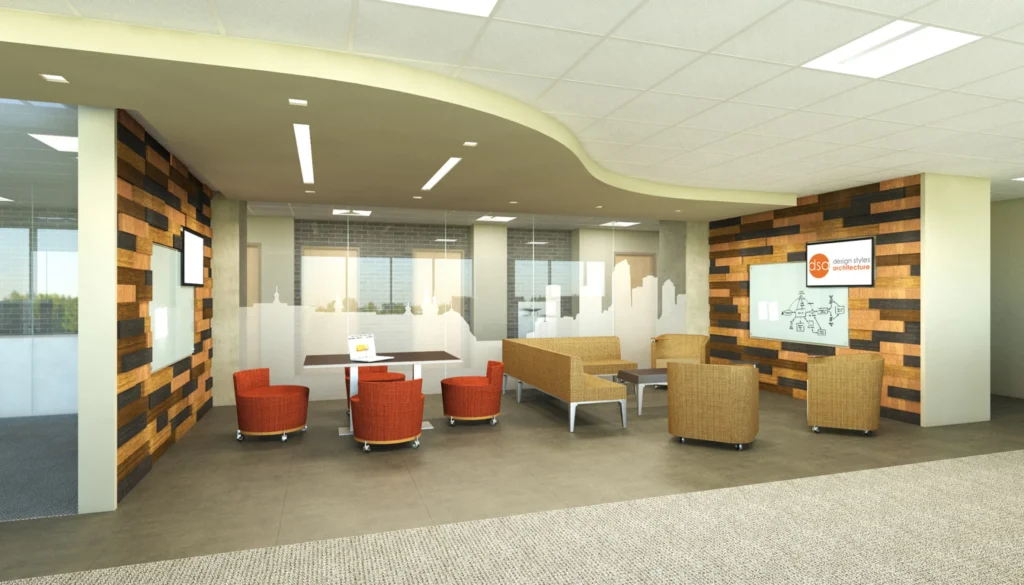
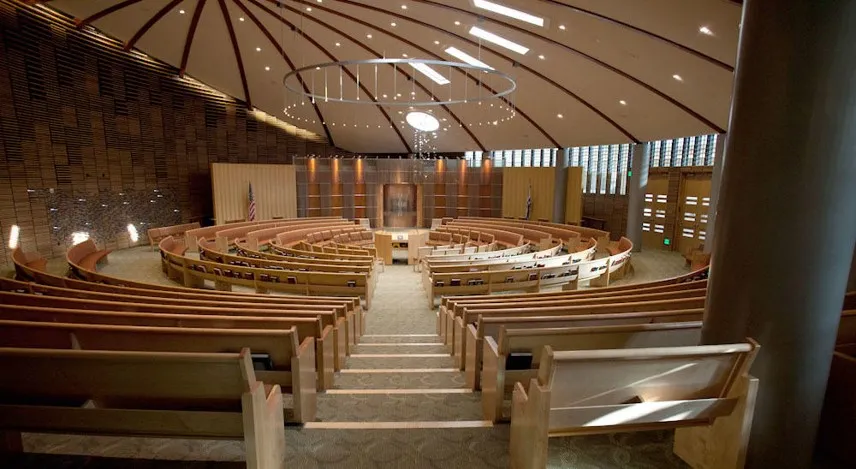
- Such outdoor spaces can also be appreciated in size and context. As see below image.

In conclusion, architectural space plays a critical role in the design of buildings, and can have a significant impact on the overall functionality, comfort, and aesthetic appeal of a building. It is an essential aspect of architecture and plays a critical role in the way we live, work, and interact with the built environment.
2) Well design apace in architecture
Well-designed spaces in architecture are spaces that are functional, visually appealing, and meet the needs of their intended users.
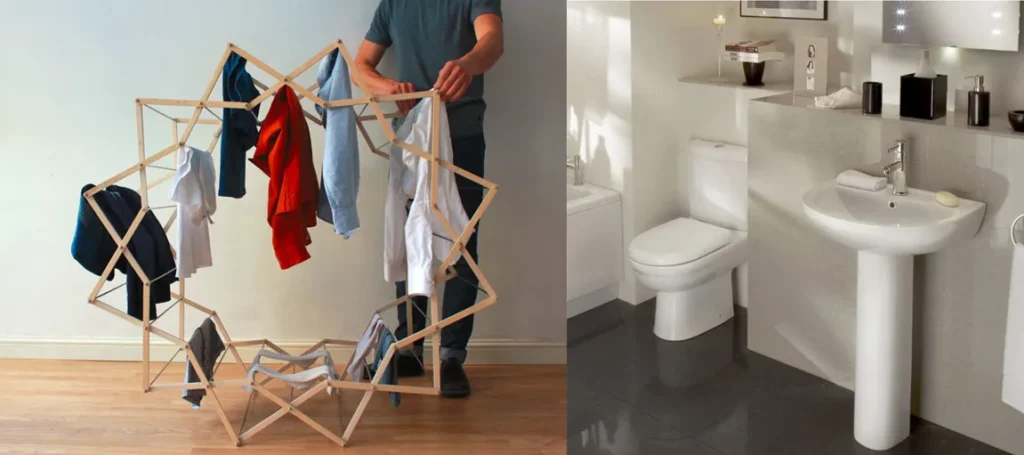

The reality of a house is not in the exterior forms, but, in the space within, in the space enclosed, within which man walks and lives. —— Frank Lloyd Wright

Here are some key factors to consider when designing well-designed spaces in architecture:
- Functionality: The functionality of a space should always be the first consideration when designing a building. The space should be designed to meet the needs of the people who will use it, whether it is a home, office, or public space.
- Proportion: The proportion of spaces and elements within a building should be carefully considered to create a sense of balance and harmony. This can be achieved through the use of space, light, and color.
- Natural Light: The use of natural light is an important aspect of well-designed spaces. Natural light can help to create a brighter and more inviting environment, and can also be used to create a sense of depth and space.
- Materials: The materials used in the construction of a building can greatly impact the overall aesthetic appeal and functionality of a space. Natural materials, such as wood and stone, can create a sense of warmth and comfort, while more modern materials, such as glass and steel, can create a sense of sophistication and modernity.
- Color: Color can be used to create a sense of warmth and comfort, or to create a sense of excitement and energy. Color can also be used to create a sense of visual interest and stimulation, or to create a sense of calm and relaxation.
- Flexibility: Well-designed spaces should be flexible, allowing for a range of different uses over time. This can be achieved through the use of adaptable furnishings and lighting, or through the design of spaces that can be easily modified to meet changing needs.
- Accessibility: Well-designed spaces should be accessible to all, including people with disabilities. This can be achieved through the use of ramps, elevators, and wide doorways, as well as through the use of clear signage and lighting.


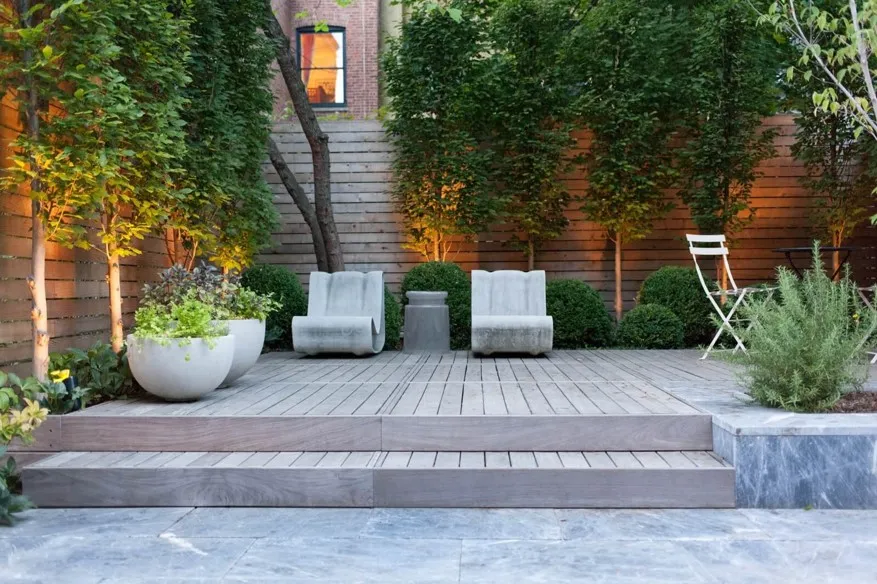
In conclusion, well-designed spaces in architecture are spaces that are functional, visually appealing, and meet the needs of their intended users. Understanding the importance of functionality, proportion, natural light, materials, color, flexibility, and accessibility is essential for creating well-designed spaces that are memorable and meaningful for the people who use them.
3) Volumetric and visual understanding of spaces
Volumetric and visual understanding of spaces refers to the understanding of the physical and visual qualities of spaces within a building.
- Volumetric Understanding: Volumetric understanding refers to the physical understanding of spaces within a building, including their size, shape, and relationship to one another. This understanding is crucial in the design of buildings, as it affects how people move through and experience the space.
- Visual Understanding: Visual understanding refers to the visual qualities of spaces, including light, color, and texture. This understanding is important in creating spaces that are visually appealing and provide a sense of comfort and well-being.
Space is used up to a particular height but, A certain volume of space is required both for function and feel. Too low a height or too much would make the interior unpleasant.
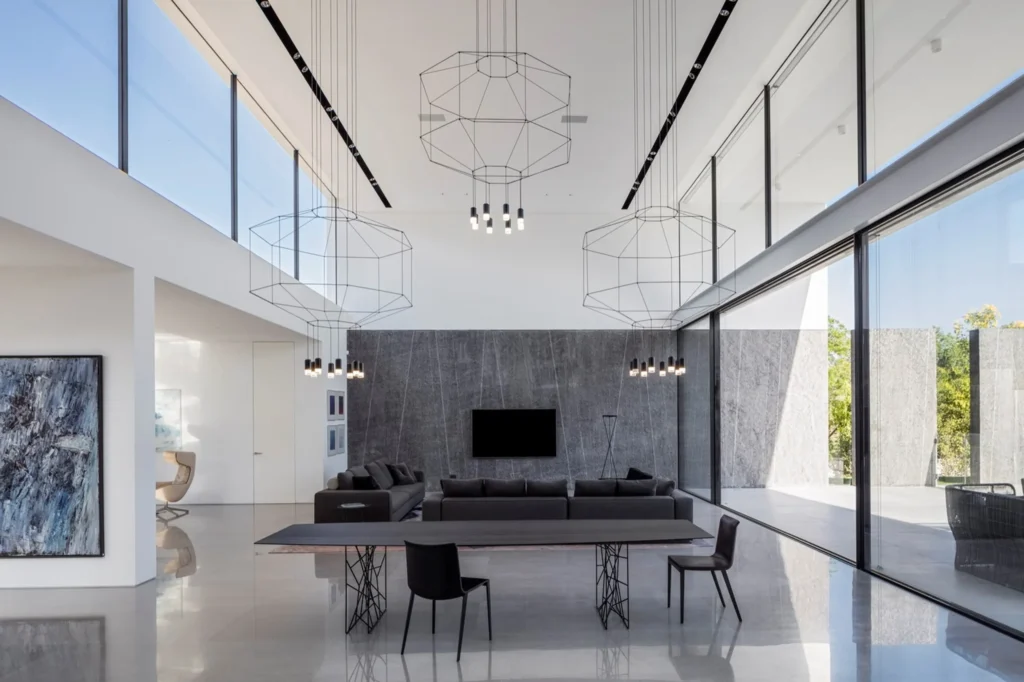
A good volumetric and visual understanding of spaces is essential in creating well-designed buildings that are functional, visually appealing, and meet the needs of their intended users.
When we look at how to create spaces and accommodate humans in those spaces, we can consider some Universal concepts relating to how people interact with their environments.
Inside & outside
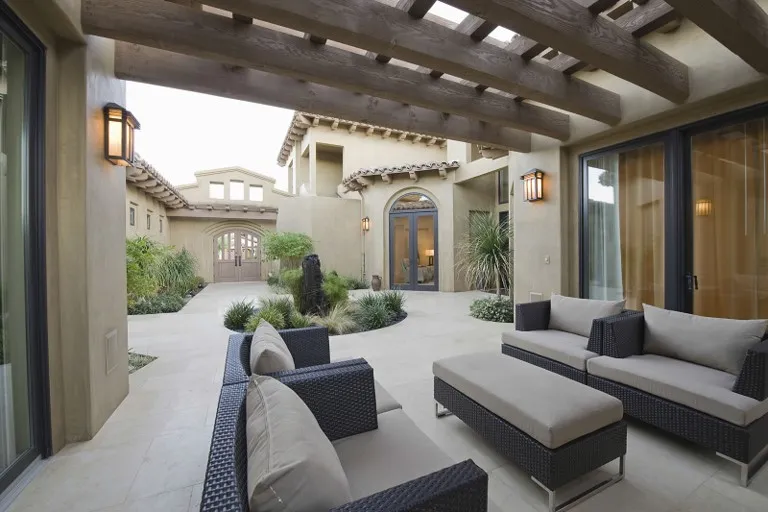
Individual & community

Openness & enclosure

Integration vs segregation
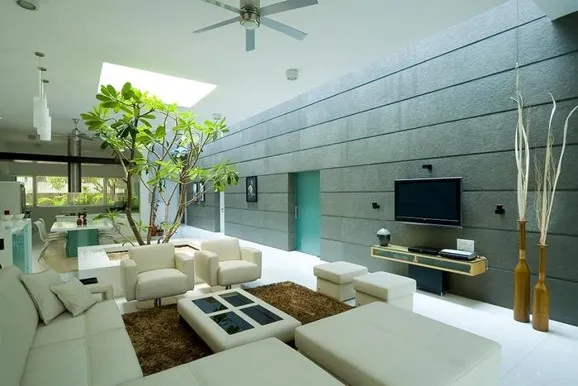
4) Spaces and spatial relationships
Spaces and spatial relationships refer to the ways in which different spaces within a building are related to each other, both physically and aesthetically.
Here are some key concepts related to spaces and spatial relationships in architecture:
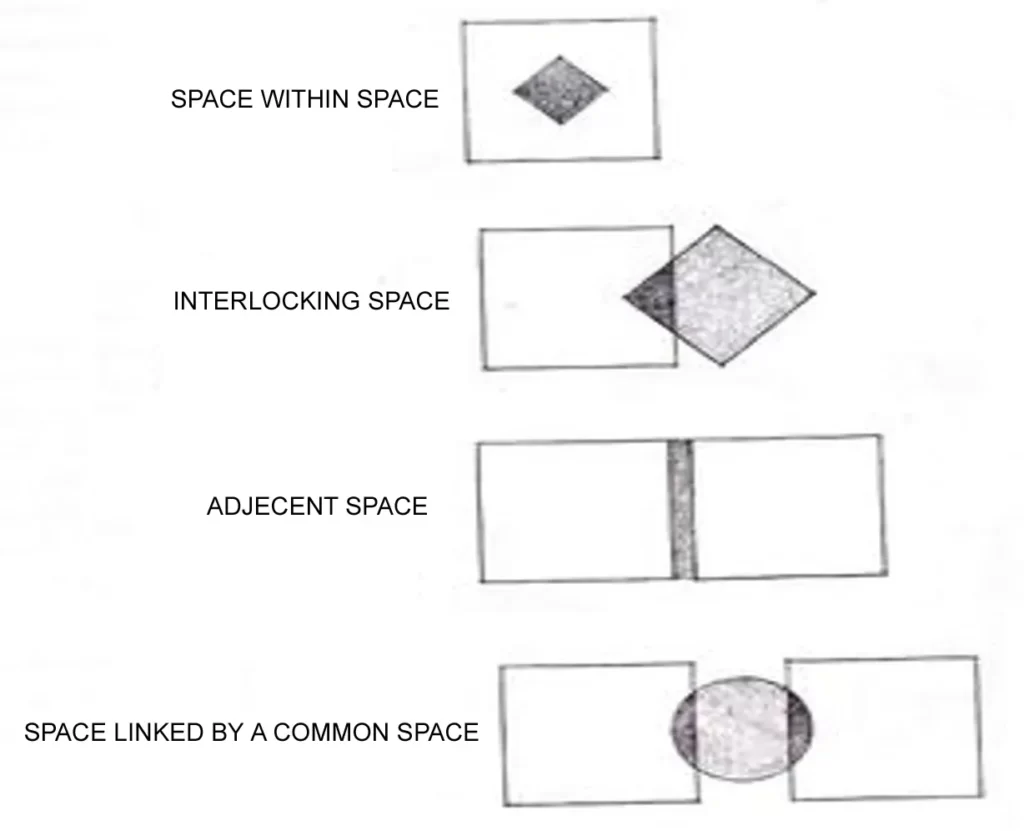
i) Space within a space
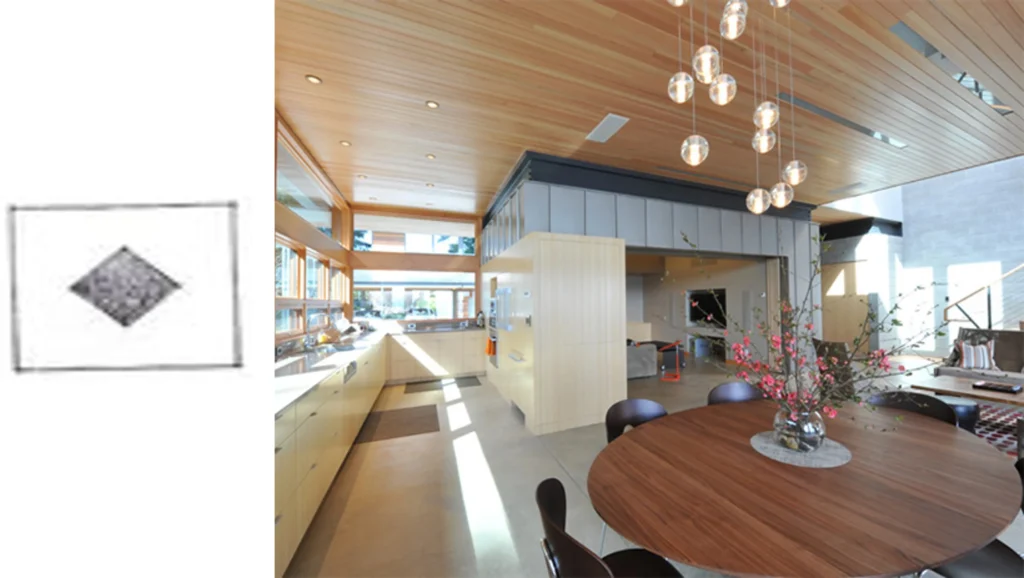
ii) Interlocking spaces

iii) Spaces linked by a common space
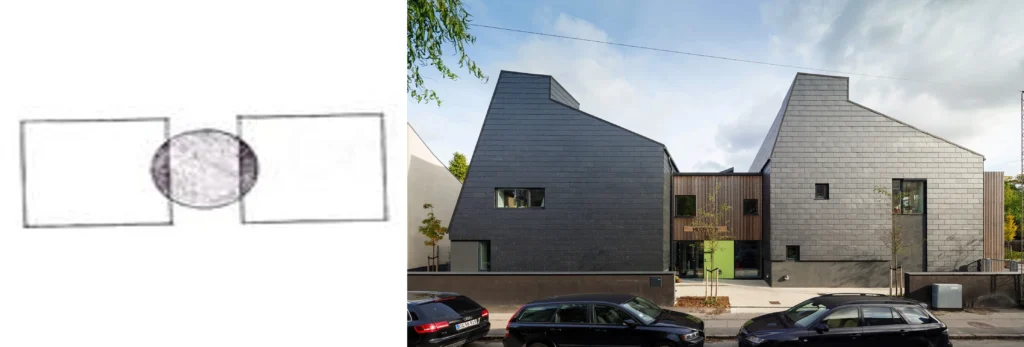
iv) Adjacent spaces
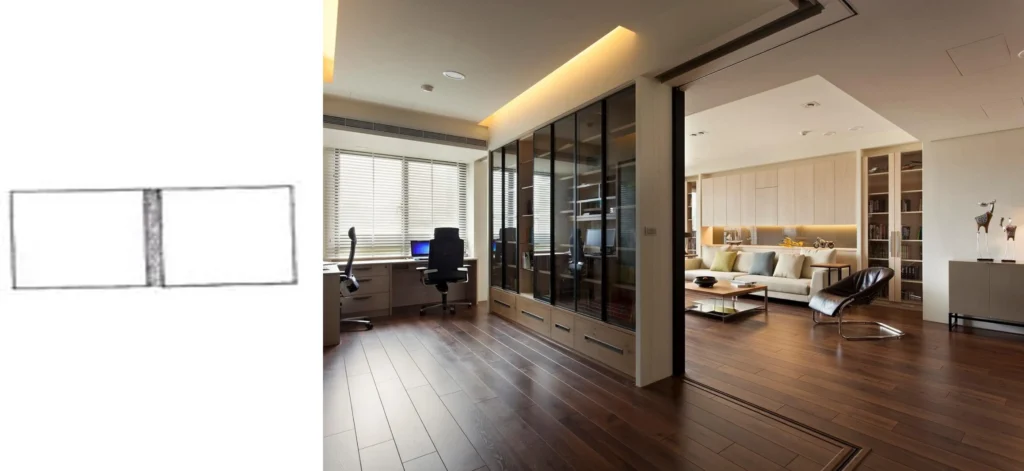
5) Organizing the space
You can consider a varying form of spatial organization, some of which are more naturally suited to particular uses than others:
- Centralized organization
- Linear organization
- Radial organization
- Clustered organization
- Grid organization
i) Centralized organization

ii) Linear organization
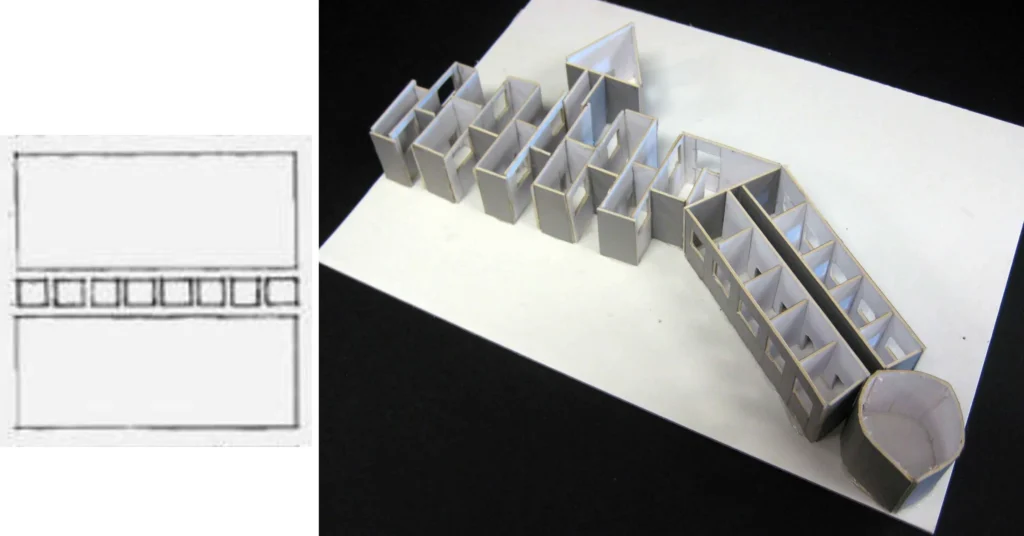
iii) Radial organization
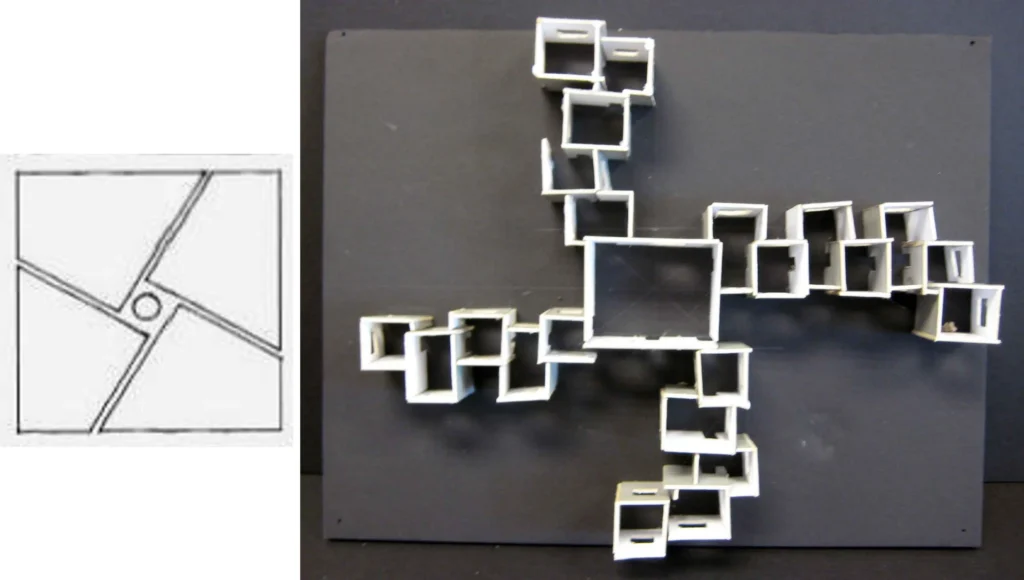
iv) Clustered organization
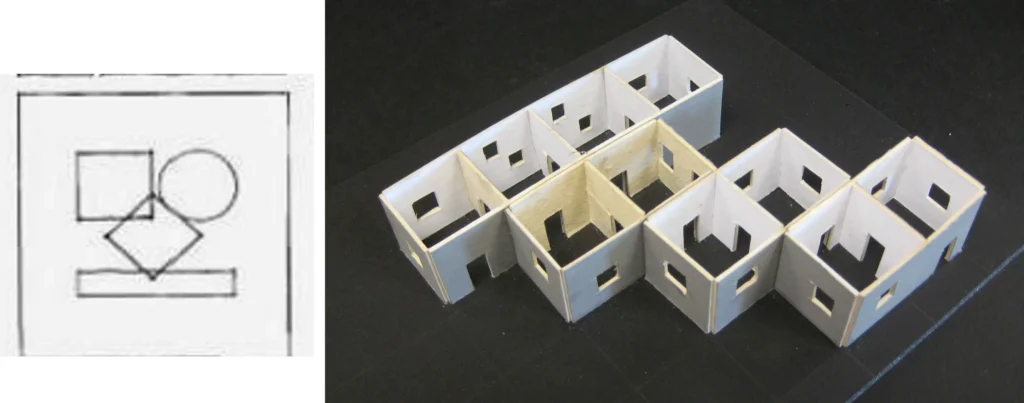
v) Grid organization
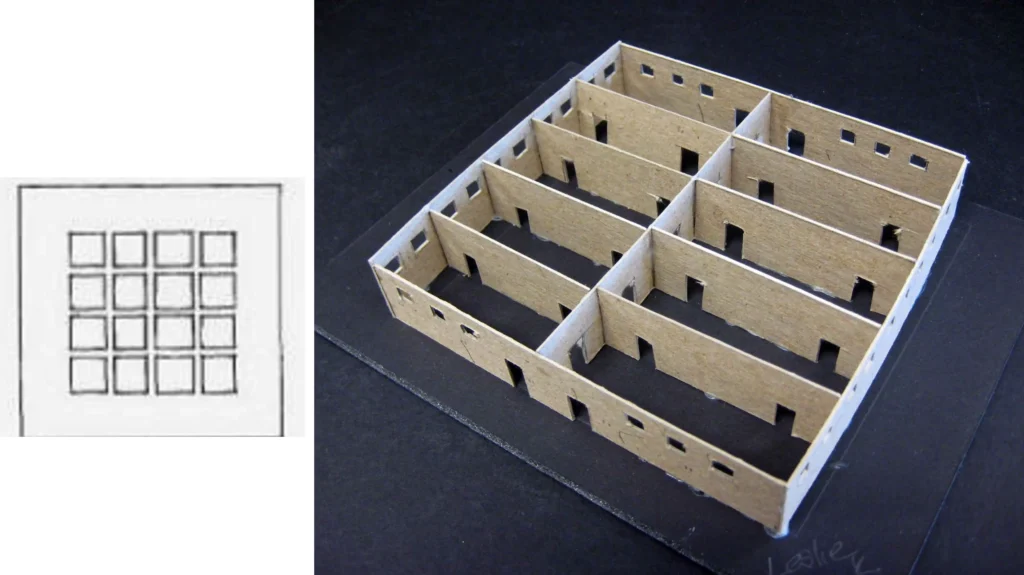
Architecture plans of interior and exterior designs are adorable to see as a student. ideas and plan make me to think more creative